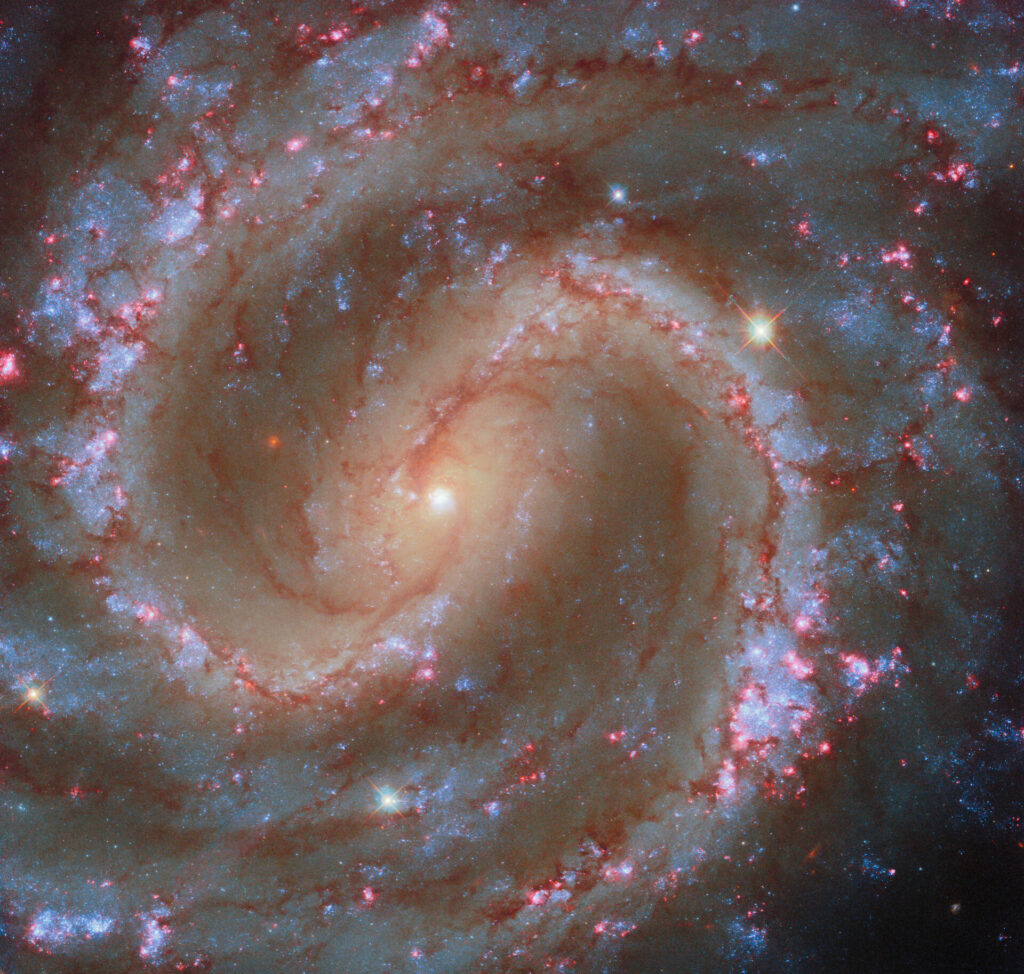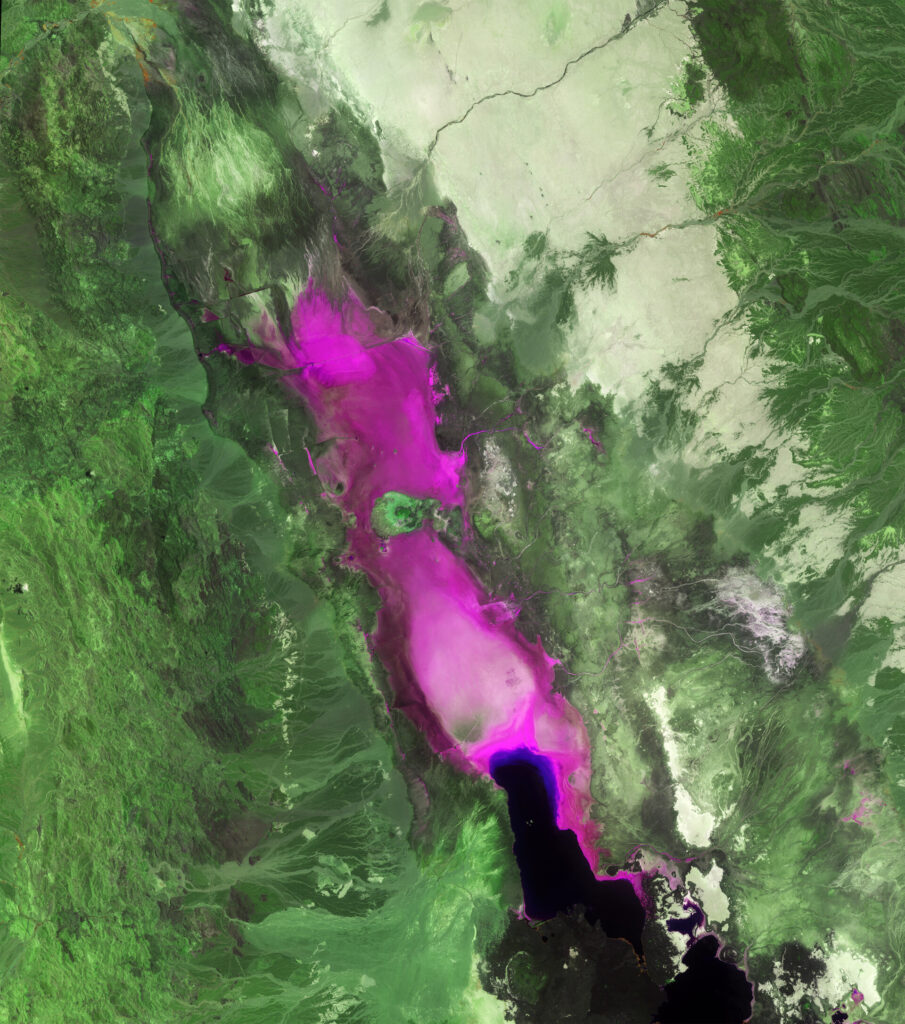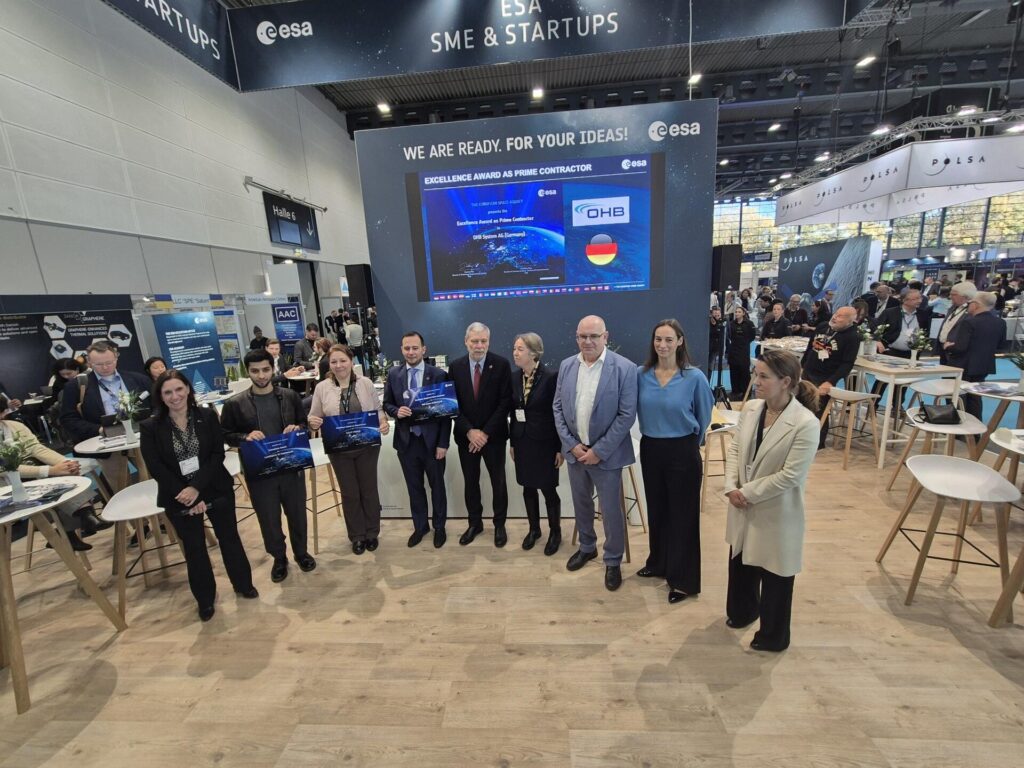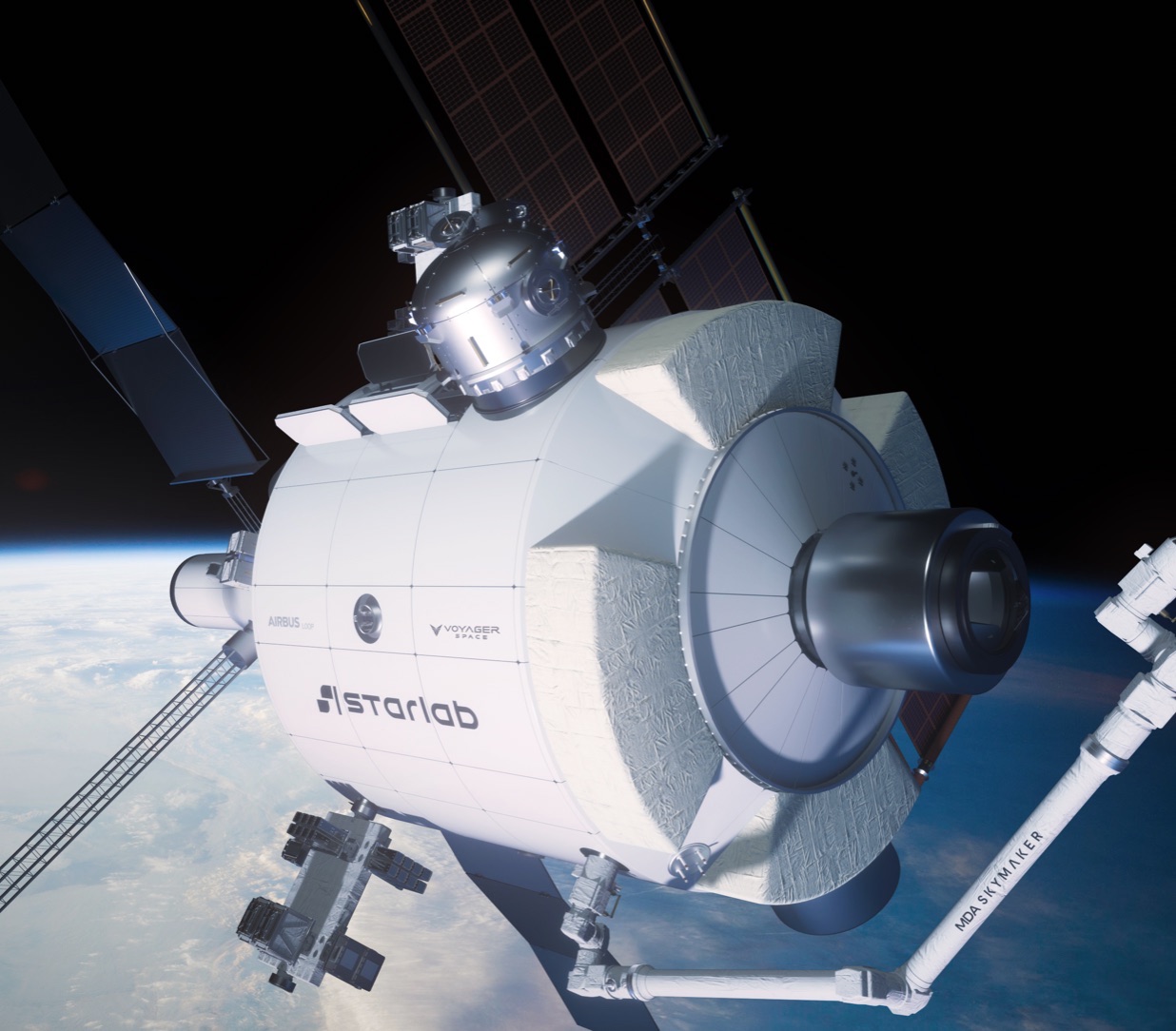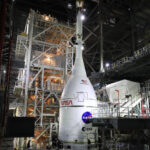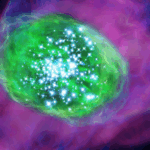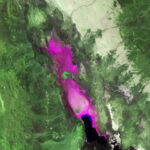Now Reading: Marking one year until BepiColombo reaches Mercury
-
01
Marking one year until BepiColombo reaches Mercury
Marking one year until BepiColombo reaches Mercury
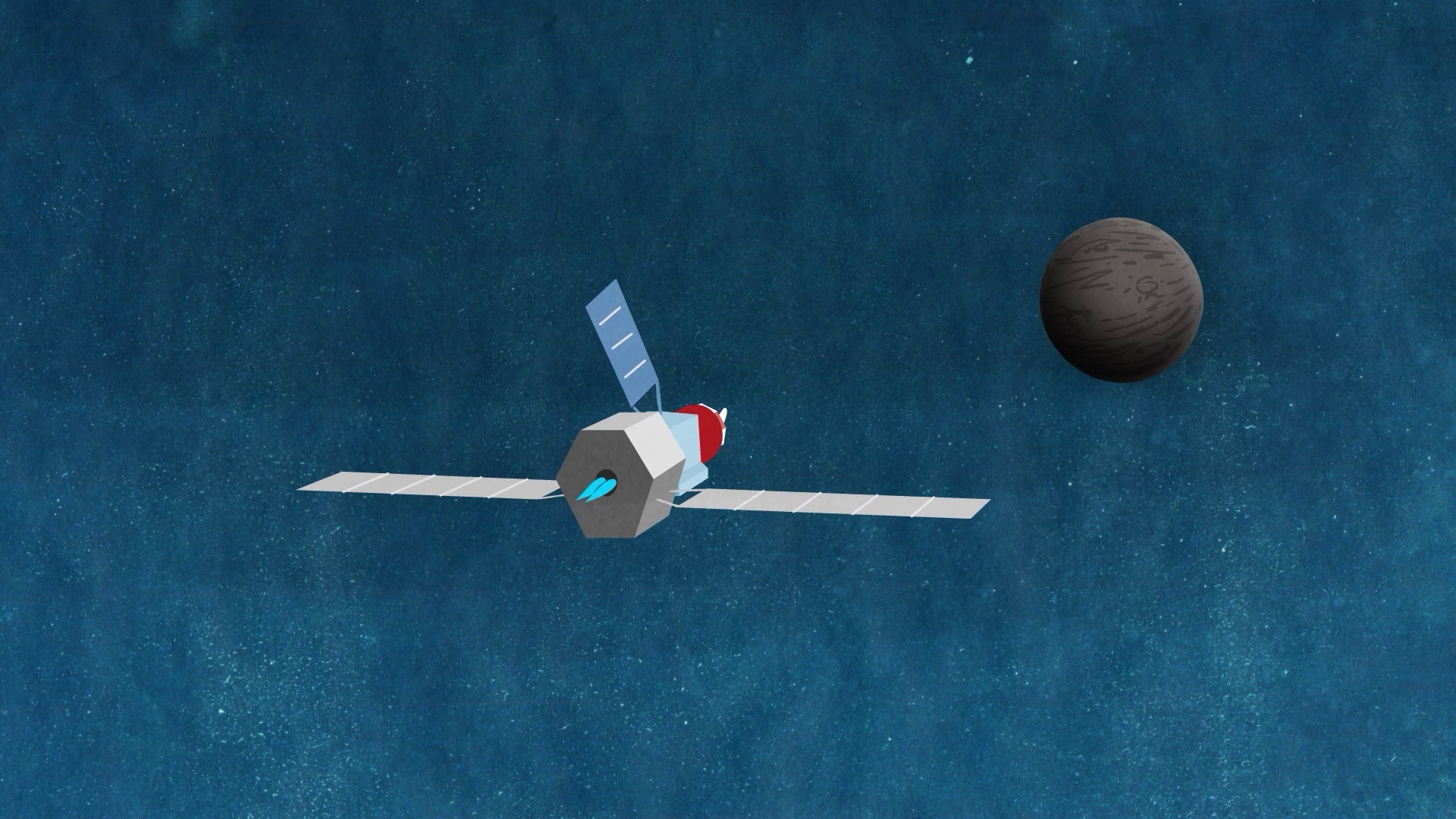

21/11/2025
339 views
4 likes
The ESA/JAXA BepiColombo mission has been cruising towards Mercury since October 2018. With just one year to go until it arrives at its destination, what has the mission achieved so far? And what can we expect from its two spacecraft after they enter orbit around the Solar System’s smallest and least-explored rocky planet?
During the last seven years, BepiColombo has swung past Earth once, Venus twice and Mercury six times. Aside from investigating the planets, the mission monitored solar activity and studied how the Sun’s gravity affects radio signals by bending spacetime itself.
The mission’s main ‘science phase’ will only start after ESA’s Mercury Planetary Orbiter (MPO) and JAXA’s Mercury Magnetospheric Orbiter (MMO, or Mio) spacecraft enter orbit around Mercury, but scientists and engineers have made the most of the mission’s winding journey to its destination.
The video below recaps the mission’s achievements so far. Text continues after video
A key highlight has been measurements of Mercury’s magnetic environment during each close flight past the little planet. Mercury’s magnetic field shields the planet’s surface from the brunt of the particles flung at it by the Sun, called the solar wind. But because the planet orbits so close to our star, where the solar wind is denser and has a stronger magnetic field of its own, the size and shape of Mercury’s protective magnetic bubble change depending on the Sun’s activity. Understanding how Mercury’s magnetic field works is one of the key mysteries BepiColombo set out to solve.
BepiColombo collected the first magnetic measurements from low over the planet’s southern hemisphere, and reconstructed a map of the planet’s magnetic field. These can be compared to the magnetic field measured during the spacecraft’s flight past Earth in 2020 and flight past Venus in 2021. (Venus doesn’t have a magnetic field, so the magnetic measurements only capture changes in the solar wind hitting the spacecraft.)
If you’re curious to hear what a spacecraft ‘feels’ while flying past a planet, you have your pick of sonifications from BepiColombo’s flights past Earth, Venus and Mercury (here and here). These recordings by MPO’s accelerometer capture gravitational tugs on the spacecraft, the effects of temperature changes from entering and exiting the planets’ shadows, and movements of spacecraft components.
Arguably the most lauded equipment so far has been the monitoring cameras (M-CAMs) on the Mercury Transfer Module (MTM). These ‘selfie cameras’ were designed to monitor the spacecraft, but also captured hundreds of 1024×1024-pixel planet photos. These showed Earth spinning as BepiColombo approached, bright Venus living up to its nickname ‘the Morning Star’, and countless craters, volcanoes and plains on Mercury. Story continues after images
Science to look forward to
BepiColombo will be the first mission to study Mercury with two spacecraft at the same time. MPO will orbit close to the planet’s surface, and Mio in a larger elliptical orbit.
So far, MPO and Mio – the latter nestled inside a protective sunshield – have been stacked on top of their ‘trusty engine’ MTM. Several of the mission’s scientific instruments can’t yet be used, or are partially hindered, until the stacked spacecraft separate after arriving at Mercury in November 2026.
Once ‘unstacked’, MPO and Mio can finally use all their instruments to their full potential.
For example, instead of the modest black-and-white images taken by MTM’s monitoring cameras, MPO will scan Mercury’s surface in high resolution in X-rays (with imaging spectrometer MIXS), visible and near-infrared light (with stereo camera and spectrometer SIMBIO-SYS) and infrared light (with imaging spectrometer MERTIS). To ensure that we accurately capture Mercury’s topography, MPO’s BELA laser altimeter instrument will measure the precise height and shape of Mercury’s surface.
Put together, this data will give us a precise map of Mercury’s surface, and tell us what it’s made of, how it formed, how it changes over time, and what temperature it is. Flying over Mercury’s poles, MPO will also be able to peer into craters filled with permanent shadow – if there is water on Mercury, this is where it would be!
And, while both Mio and MPO have already used their magnetometers and some of their particle detectors to investigate Mercury’s surroundings, their measurements will be more sensitive and precise when the spacecraft are separated. After separation, Mio will additionally be able to use its sodium imager MSASI and dust detector MDM to investigate other material near Mercury.
Notes for Editors
BepiColombo is a joint mission between the European Space Agency (ESA) and the Japan Aerospace Exploration Agency (JAXA), executed under ESA leadership. It is Europe’s first mission to Mercury. Starting science operations in early 2027, both its two science orbiters will gather data during a one-year nominal mission, with a possible 1.5-year extension.
Follow the latest mission news via esa.int/bepicolombo.
Find out more about Space Science at ESA and the Agency’s Science Programme.
For more information, please contact:
ESA Media Relations
media@esa.int
Stay Informed With the Latest & Most Important News
Previous Post
Next Post
Previous Post
Next Post
-
 012024 in Review: Highlights from NASA in Silicon Valley
012024 in Review: Highlights from NASA in Silicon Valley -
 02Panasonic Leica Summilux DG 15mm f/1.7 ASPH review
02Panasonic Leica Summilux DG 15mm f/1.7 ASPH review -
 03How New NASA, India Earth Satellite NISAR Will See Earth
03How New NASA, India Earth Satellite NISAR Will See Earth -
 04And Thus Begins A New Year For Life On Earth
04And Thus Begins A New Year For Life On Earth -
 05Astronomy Activation Ambassadors: A New Era
05Astronomy Activation Ambassadors: A New Era -
06SpaceX launch surge helps set new global launch record in 2024
-
 07Space Force plans new ‘Futures Command’ amid pressure to speed up modernization
07Space Force plans new ‘Futures Command’ amid pressure to speed up modernization












